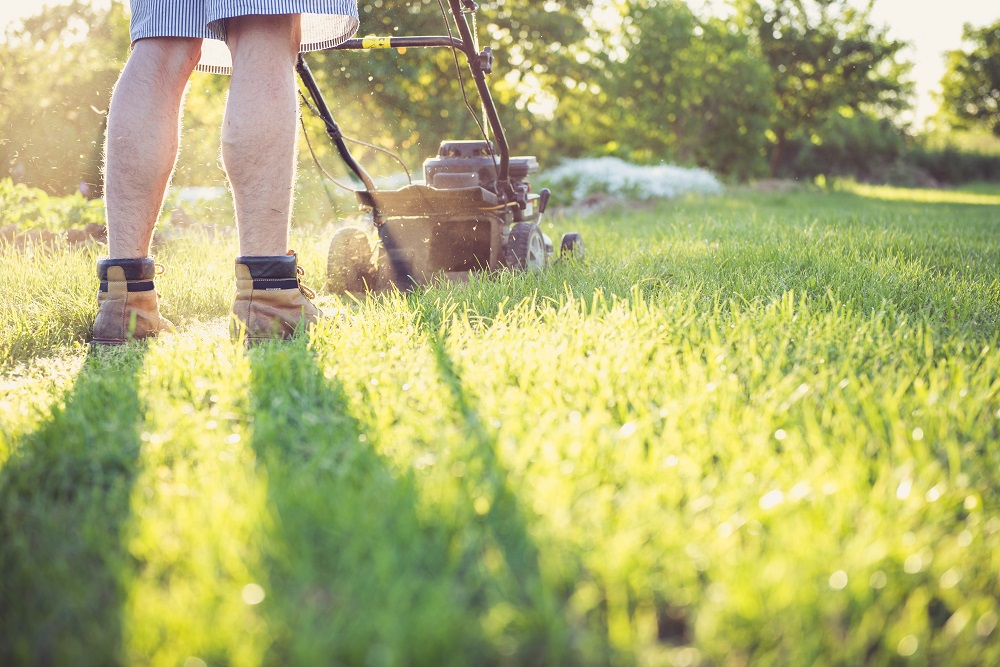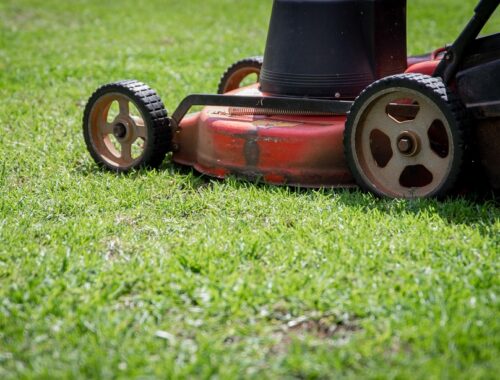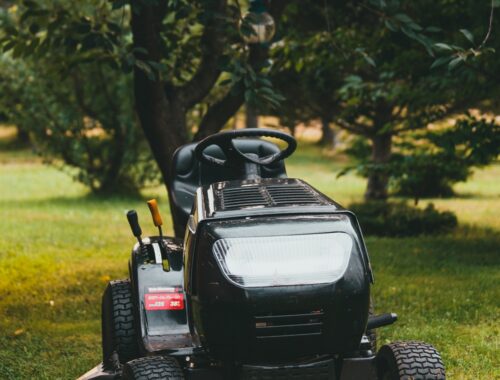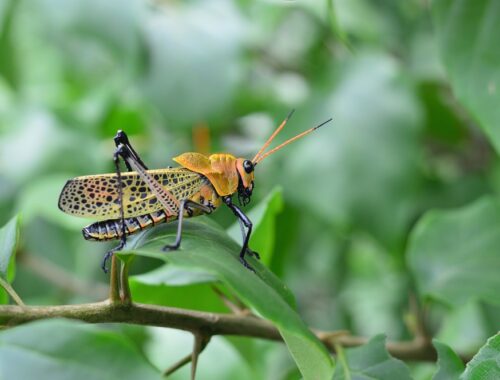Common Lawn Problems and How to Solve Them

A lush and vibrant lawn is often the pride of homeowners, offering a serene and inviting outdoor space. However, maintaining a healthy lawn can be a challenging task due to a variety of factors that can contribute to common lawn problems. In this article, we will explore some of the most prevalent lawn issues, their underlying causes, and effective strategies for solving them to ensure your green oasis remains a source of joy and beauty.
1. Weeds Taking Over
Weeds are perhaps the most common issue that plagues lawns. They not only detract from the visual appeal of your yard but also compete with grass for essential nutrients, water, and sunlight. Weeds often thrive in areas where grass is weakened or sparse.
Solution: Regular mowing at the appropriate height and consistent watering can help your grass grow denser and outcompete weeds. Applying pre-emergent herbicides in early spring can prevent weed seeds from germinating. For existing weeds, spot treatments with post-emergent herbicides can effectively target and eliminate them.
2. Thinning Grass and Bare Patches
Bare patches and thinning grass can be caused by various factors, including heavy foot traffic, poor soil quality, pests, and disease. These areas can be unsightly and disrupt the uniformity of your lawn.
Solution: Reseeding or overseeding is an effective way to restore the density of your grass. Choose grass seed that matches your existing lawn’s species and follow proper seeding practices. Address underlying issues like compacted soil by aerating the area to improve water and nutrient penetration.
3. Brown Patches and Fungal Diseases
Brown patches are often indicative of fungal diseases such as brown patch and dollar spot. These diseases thrive in humid conditions and can spread rapidly, causing significant damage to your lawn.
Solution: Proper lawn care practices, including regular mowing and proper watering, can prevent fungal growth. Water your lawn in the morning to allow ample time for the grass to dry during the day. If disease is already present, applying fungicides according to label instructions can help control the problem.
4. Insect Infestations
Insects like grubs, chinch bugs, and armyworms can wreak havoc on your lawn by feeding on grass roots or foliage, leading to patches of dead or dying grass.
Solution: Identify the specific pest affecting your lawn and choose an appropriate insecticide. Natural predators like birds and beneficial nematodes can also help control insect populations. Implement cultural practices such as proper watering and mowing to keep your grass healthy and more resistant to pests.
5. Compacted Soil
Compacted soil prevents the movement of water, air, and nutrients to the grass roots, inhibiting healthy growth.
Solution: Aeration, which involves perforating the soil with small holes, can alleviate soil compaction. This allows for better water absorption and root development. Consider renting an aerator or hiring a professional lawn care service for this task.
6. Improper pH Levels
Soil pH levels that are too acidic or alkaline can affect nutrient availability to your grass, leading to poor growth and color.
Solution: Test your soil’s pH and adjust it as needed. Lime can be added to raise pH in acidic soils, while sulfur can be added to lower pH in alkaline soils. Regularly monitoring pH levels and amending the soil accordingly can prevent nutrient deficiencies.
7. Improper Watering
Overwatering or underwatering your lawn can lead to problems such as fungal diseases, shallow root systems, and stressed grass.
Solution: Water your lawn deeply and infrequently, preferably in the early morning. Ensure that the soil is moist to a depth of 6-8 inches after watering. Consider using a rain gauge or moisture sensor to determine when your lawn needs water.
8. Pet Damage
Pet urine contains high levels of nitrogen, which can cause brown patches on the grass where pets frequently urinate.
Solution: Train your pets to urinate in a designated area, away from the main lawn. Alternatively, water the area immediately after your pet urinates to dilute the nitrogen concentration and prevent damage.
9. Shade and Sunlight Imbalance
Areas with excessive shade or sunlight can create challenges for grass growth. Shady areas may struggle to receive enough light, while areas exposed to intense sunlight can become stressed.
Solution: For shady areas, consider planting shade-tolerant grass varieties or using alternative ground covers. In sunny areas, choose grass species that are well-suited to high light conditions and adjust your watering schedule accordingly.
10. Improper Mowing Practices
Mowing your lawn too short or too infrequently can weaken the grass and make it more susceptible to pests, diseases, and stress.
Solution: Follow the “one-third rule” by never cutting more than one-third of the grass height at a time. Maintain your mower blade’s sharpness to ensure clean cuts that promote healthy growth.
In conclusion, a well-maintained lawn requires proactive care and attention to detail. By identifying and addressing common lawn problems, you can create a thriving outdoor space that enhances your property’s aesthetics and your overall enjoyment. Whether it’s combating weeds, nurturing healthy grass growth, or preventing pest infestations, a combination of proper lawn care practices and timely interventions can help you overcome the challenges and ensure your lawn remains a vibrant oasis for years to come.
Generated by ChatGPT
You May Also Like

Lawn Mowing Best Practices for a Professionally Manicured Look
October 5, 2023
How Do I Know if a Lawn Care Specialist in Roswell, Georgia is Reputable and Trustworthy?
May 19, 2023

